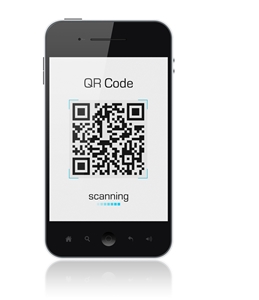
The surge in online purchasing Down Under is a wave that small-to-medium sized enterprises cannot ignore. Since the pandemic began, Australian consumers are making online purchases in record numbers. According to Australia Post, online purchases in 2020 grew by 57% over the previous year. Australian online retail spending clocked in at a record $50.46 billion, representing roughly 16% of all retail spend. Four out of five households Down Under made a purchase online in 2020, and this trend is expected to continue. According to Financial Review, online sales are expected to reach 20% of all total retail sales by 2025.
Small businesses cannot ignore this trend in digital consumer preferences and may likely benefit from it. Digital shops allow purchases to be made around the clock, from anywhere. There are a number of ways small businesses can improve their presence in the digital sales space while maintaining a brick-and-mortar presence.
Integrate solutions seamlessly
Web shops that offer smooth shopping experiences are easiest and most enjoyable for Australia's increasingly choosy online customers to use. As such, you must make sure all of the elements of your e-commerce site work together. This entails making sure your product list or catalogue looks good on any screen, mobile or desktop. It's also about having an intuitive mechanism for adding goods to the digital shopping cart — and a plan for what to do when good are abandoned in those carts. Lastly, you'll be deciding whether or not to offer guests the chance to save shipping addresses, and offering an easy mechanism for payment and tracking orders through the post. There are a lot of pieces. It's essential that all these moving parts fit seamlessly, seeming invisible to customers, or else digital shoppers will get frustrated and look elsewhere.
Gotta Pay, Pal
Selecting payment mechanisms for your shop can be especially important. Consider the demographics of your clientele when selecting options. Do they prefer to pay with credit card or digital wallet? What about PayPal or Post Billpay? Additionally, be aware of fees you may be charged for transactions made on your site.
Consider a distributed approach
While a web shop can be a mainstay of your digital offerings, it's not the only place you can sell your wares or services. There are many marketplace websites selling goods, ranging from giants like Amazon to alternative outlets like Spend With Us, a consortium of small businesses based in rural Australia. The latter sells locally made products in a forum that brings more attention to small businesses overall than perhaps one single business could garner online.
Social media sites like Facebook Marketplace and Instagram are also good places to sell wares online. Brand identity is an important consideration with this approach, like using the same easily identifiable logos and descriptors across all platforms where you sell your products or services.
If you're unsure about any aspect of selling goods online, WMC Accounting can help you identify the options. We are here to enable you to make the best decisions for the future of your business. Contact us today to learn more.



